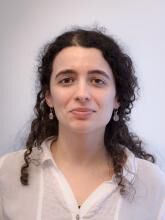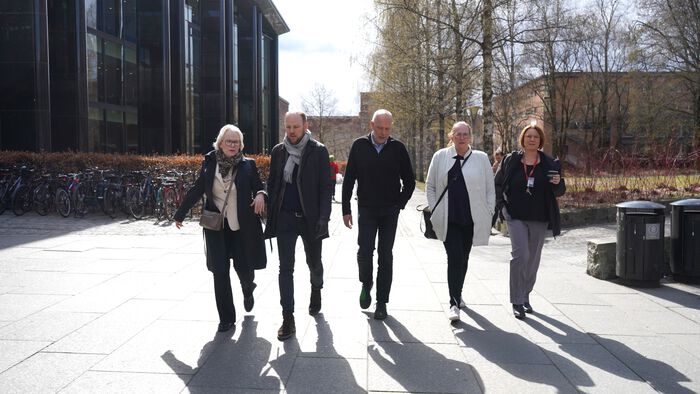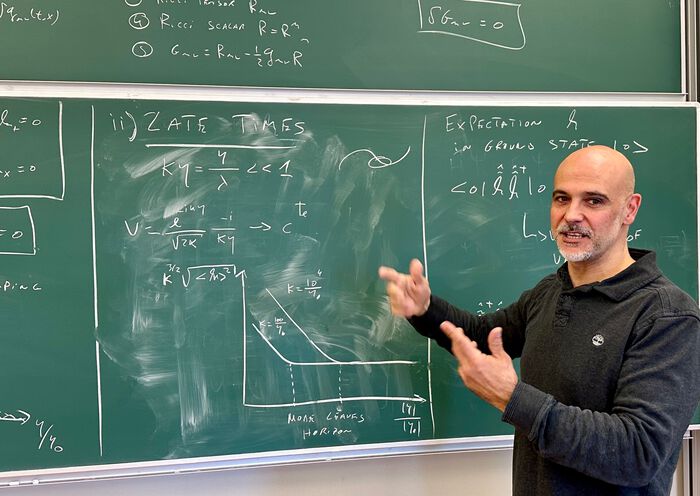
This article is written by Marta Bruno Silva.
For the last ten years I have been simulating our Universe and in particular the formation of the first stars (about 13.5 billion years ago and just 180 million years after the beginning of \ our Universe - The Big Bang) and the first galaxies (about 13.3 billion years ago).
The Universe is now about 13.7 billion years, the first stars were formed when it was just about 180 millions years and the first galaxies were formed when the Universe was 400 million years.

My simulations are used to plan for ground based telescopes and for sky based satellites that aim at observing the early Universe. One example of a future telescopes that used one of my simulations for its early planning stages is the future Square Kilo- meter Array.
Despite its simple appearance, the Square Kilometer Array will be by far the most power radio-telescope ever built, and it will be able to map hydrogen gas in the inter- galactic medium and in galaxies from the time when the Universe was just about one hundred million years old till today. That is about 13.6 billion years of the history of our Universe.
Quite an impressive telescope. Don’t you think?





